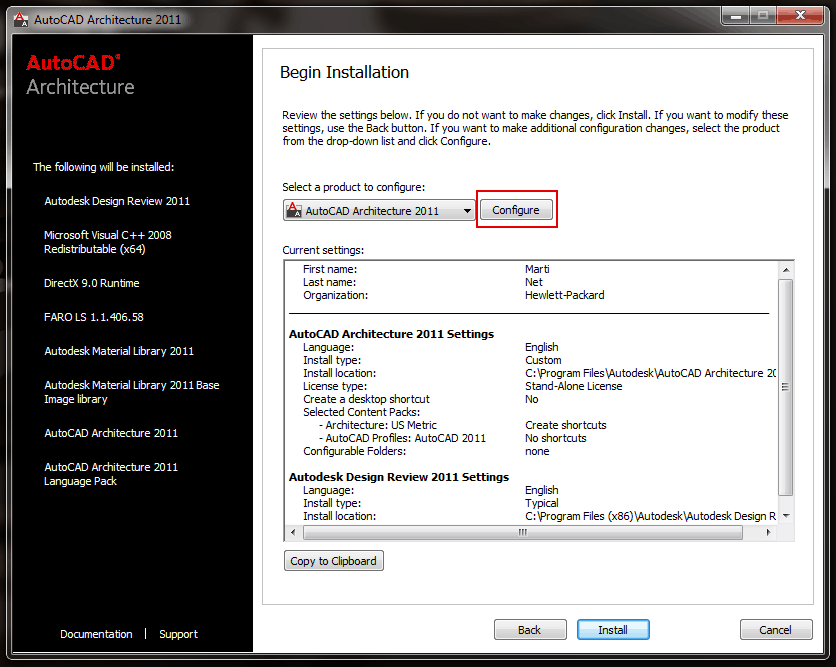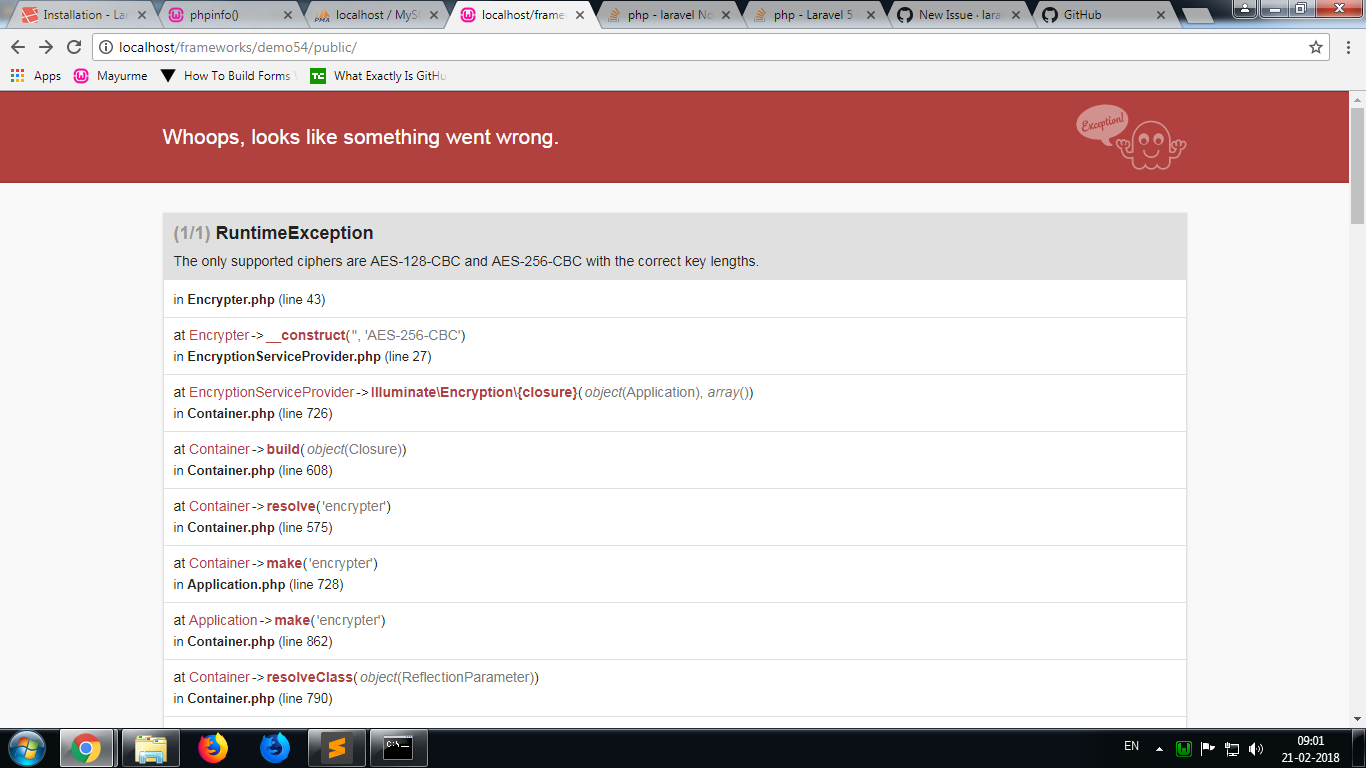The Advanced Encryption Standard (AES) is a specification for the encryption of electronic data published by the U.S. Government as NIST standard in 2001. The standard comprises three block ciphers, AES-128, AES-192, and AES-256, adopted from a larger collection originally published as Rijndael.
- Aes Key Generator Base64
- Base64 Aes Key Generator
- Aes Encryption Key Generator
- Aes Key Generator Base 64 0
- Useful, free online tool that decrypts AES-encrypted text and strings. No ads, nonsense or garbage, just an AES decrypter. Press button, get result.
- RandomKeygen is a free mobile-friendly tool that offers randomly generated keys and passwords you can use to secure any application, service or device. KEY RandomKeygen - The.
- To generate a key pair, select the bit length of your key pair and click Generate key pair. Depending on length, your browser may take a long time to generate the key pair. A 1024-bit key will usually be ready instantly, while a 4096-bit key may take up to several minutes. For a faster and more secure method, see Do It Yourself below.
About
Meet Base64 Decode and Encode, a simple online tool that does exactly what it says; decodes Base64 encoding and encodes into it quickly and easily. Base64 encode your data in a hassle-free way, or decode it into human-readable format.Base64 encoding schemes are commonly used when there is a need to encode binary data that needs be stored and transferred over media that are designed to deal with textual data. This is to ensure that the data remains intact without modification during transport. Base64 is used commonly in a number of applications including email via MIME, and storing complex data in XML or JSON.
Advanced options
- Character set: In case of textual data the encoding scheme does not contain their character set, so you have to specify which one was used during the encoding process. It is usually UTF-8, but can be any other; if you are not sure then play with the available options including the auto-detect one. This information is used to convert the decoded data into our website's character set, so all letters and symbols can be displayed properly. Note that this is irrelevant for files, since no web-safe conversions have to be applied to them.
- Decode each line separately: The encoded data usually consist of continuous text, even newlines are converted into their base64 encoded forms. Prior decoding all non-encoded whitespaces are stripped from the input to take care of its integrity. This option is useful if you intended to decode multiple independent data entries separated with line breaks.
- Live mode: When you turn on this option the entered data is decoded immediately with your browser's built-in JavaScript functions - without sending any information to our servers. Currently this mode supports only the UTF-8 character set.
All communications with our servers are made through secure SSL encrypted connections (https). Uploaded files are deleted from our servers immediately after being processed, and the resulting downloadable file is deleted right after the first download attempt, or 15 minutes of inactivity. We do not keep or inspect the contents of the entered data or uploaded files in any way. Read our privacy policy below for more details.
Completely free
Our tool is free to use. From now you don't have to download any software for such tasks.
Details of the Base64 encoding
Base64 is a generic term for a number of similar encoding schemes that encode binary data by treating it numerically and translating it into a base 64 representation. The Base64 term originates from a specific MIME content transfer encoding.
Design
The particular choice of characters to make up the 64 characters required for base varies between implementations. The general rule is to choose a set of 64 characters that is both part of a subset common to most encodings, and also printable. This combination leaves the data unlikely to be modified in transit through systems, such as email, which were traditionally not 8-bit clean. For example, MIME's Base64 implementation uses A-Z, a-z, and 0-9 for the first 62 values, '+' and '/' for the last two. Other variations, usually derived from Base64, share this property but differ in the symbols chosen for the last two values; an example is the URL and file name safe (RFC 4648) variant, which uses '-' and '_'.
Example
A quote snippet from Thomas Hobbes's Leviathan:
'Man is distinguished, not only by his reason, but ..'
 represented as an ASCII byte sequence is encoded in MIME's Base64 scheme as follows:
represented as an ASCII byte sequence is encoded in MIME's Base64 scheme as follows:Aes Key Generator Base64
TWFuIGlzIGRpc3Rpbmd1aXNoZWQsIG5vdCBvbmx5IGJ5IGhpcyByZWFzb24sIGJ1dCAuLi4=
In the above quote the encoded value of Man is
Base64 Aes Key Generator
TWFu. Encoded in ASCII, M, a, n are stored as the bytes 77, 97, 110, which are 01001101, 01100001, 01101110 in base 2. These three bytes are joined together in a 24 bit buffer producing 010011010110000101101110. Packs of 6 bits (6 bits have a maximum of 64 different binary values) are converted into 4 numbers (24 = 4 * 6 bits) which are then converted to their corresponding values in Base64.
| Text content | M | a | n | |||||||||||||||||||||
|---|---|---|---|---|---|---|---|---|---|---|---|---|---|---|---|---|---|---|---|---|---|---|---|---|
| ASCII | 77 | 97 | 110 | |||||||||||||||||||||
| Bit pattern | 0 | 1 | 0 | 0 | 1 | 1 | 0 | 1 | 0 | 1 | 1 | 0 | 0 | 0 | 0 | 1 | 0 | 1 | 1 | 0 | 1 | 1 | 1 | 0 |
| Index | 19 | 22 | 5 | 46 | ||||||||||||||||||||
| Base64-encoded | T | W | F | u | ||||||||||||||||||||
Aes Encryption Key Generator
As this example illustrates, Base64 encoding converts 3 uncoded bytes (in this case, ASCII characters) into 4 encoded ASCII characters.Advanced Encryption Standard(AES) is a symmetric encryption algorithm. AES is the industry standard as of now as it allows 128 bit, 192 bit and 256 bit encryption.Symmetric encryption is very fast as compared to asymmetric encryption and are used in systems such as database system. Following is an online tool to generate AES encrypted password and decrypt AES encrypted password. It provides two mode of encryption and decryption ECB and CBC mode. For more info on AES encryption visit this explanation on AES Encryption.
Also, you can find the sample usage screenshot below:
If You Appreciate What We Do Here On Devglan, You Can Consider:
- Like us at: or follow us at
- Share this article on social media or with your teammates.
- We are thankful for your never ending support.
Usage Guide
Generate rsa ssh key macbook. Any plain-text input or output that you enter or we generate is not stored on this site, this tool is provided via an HTTPS URL to ensure that text cannot be stolen.
For encryption, you can either enter the plain text, password, an image file or a .txt file that you want to encrypt. Now choose the block cipher mode of encryption. ECB(Electronic Code Book) is the simplest encryption mode and does not require IV for encryption. The input plain text will be divided into blocks and each block will be encrypted with the key provided and hence identical plain text blocks are encrypted into identical cipher text blocks. CBC mode is highly recommended and it requires IV to make each message unique. If no IV is entered then default will be used here for CBC mode and that defaults to a zero based byte[16].
The AES algorithm has a 128-bit block size, regardless of whether you key length is 256, 192 or 128 bits. When a symmetric cipher mode requires an IV, the length of the IV must be equal to the block size of the cipher. Hence, you must always use an IV of 128 bits (16 bytes) with AES.
AES provides 128 bit, 192 bit and 256 bit of secret key size for encryption. Things to remember here is if you are selecting 128 bits for encryption, then the secret key must be of 16 bits long and 24 and 32 bits for 192 and 256 bits of key size. Now you can enter the secret key accordingly. By default, the encrypted text will be base64 encoded but you have options to select the output format as HEX too.
Similarly, for image and .txt file the encrypted form will be Base64 encoded.
Below is a screenshot that shows a sample usage of this online AES encryption tool.
AES decryption has also the same process. By default it assumes the entered text be in Base64. The input can be Base64 encoded or Hex encoded image and .txt file too. And the final decrypted output will be Base64 string. If the intended output is a plain-text then, it can be decoded to plain-text in-place.
But if the intended output is an image or .txt file then you can use this tool to convert the base64 encoded output to an image.
Please enable JavaScript to view the comments powered by Disqus.